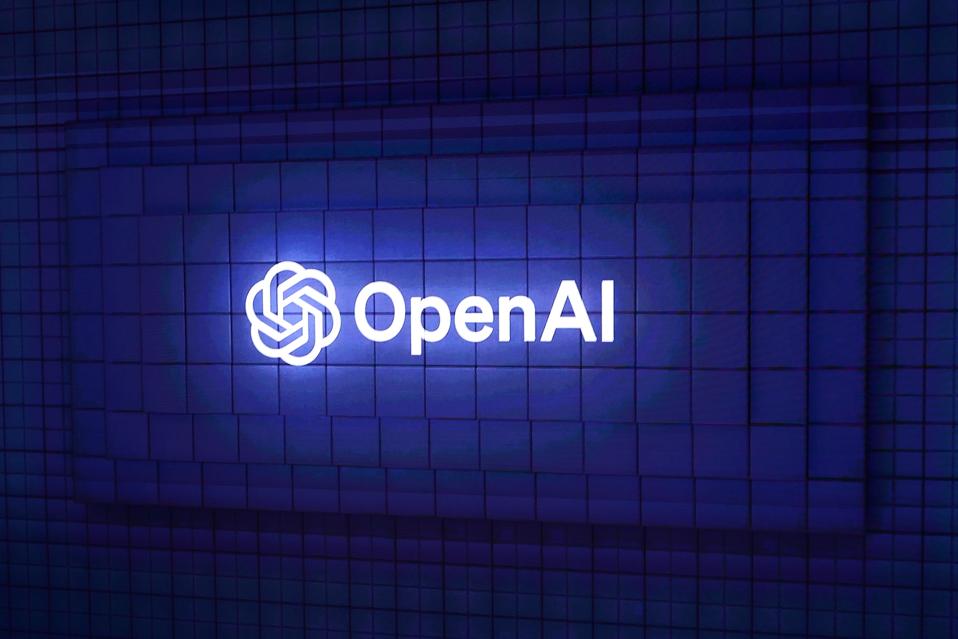OpenAI’s acquisition of Windsurf is making big headlines in the tech media world. It’s the biggest such activity by the household-name model company responsible for ChatGPT, and it has big ramifications for AI development in general. It’s a $3 billion deal, too.
However, a lot of the reporting stops at a very surface level.
If you’re trying to figure out what Windsurf is all about, you might or might not get what you want from the syndicated content that shows up at the top of the Google SERP feed.
So let’s break down two elements of what Windsurf does. As an alternative, you can also click through to this video where I interviewed Windsurf-nee-Coedium co-founder Anshul Ramachandran about everything, including how they decided to change their name. Here’s one of Ramachandran’s thoughts on the AI revolution, for context:
“The only thing that has ever invariably happened is (that) we’ve had more developers every single time the nature of what a developer is has changed.”
As for the company’s major contributions to AI, read on.
Vibe Coding and Windsurf
First of all, most of those reporting on Windsurf describe it as a company that has its own coding tool.
Windsurf Editor is a standalone IDE incorporating AI agents to help with automation of coding. It’s an AI-native design that leverages the new capabilities of LLMs to let humans, in a sense, take a backseat.
Not too many months ago, prominent tech person Andrej Karpathy talked about the practice of vibe coding, where you just give the machine some orders, and sit back and let AI manage the details.
“It’s not really coding,” he famously said, “I just see stuff, say stuff, run stuff, and copy-paste stuff, and it mostly works.”
In other words, you don’t have to hand-code anymore – you just catch the vibe of what the machine is doing.
I’ve written a number of articles about this where we talk about whether or not you need actual coding experience to do this kind of vibe coding, or whether it helps.
In any case, Windsurf Editor, as well as a cascade AI agent inside it, helps with the bugging, refracturing and other code operations, as an alternative to something like Cursor, which is also another popular option for vibe coding.
For its part, Windsurf Editor is very popular in some quarters, as in this notable quote from Y Combinator’s Garry Tan:
“Every single one of these engineers has to spend literally just one day making projects with Windsurf and it will be like they strapped on rocket boosters.”
That’s a pretty glowing endorsement.
The Hardware Picture
Now, if you click into some of the major reporting on the OpenAI-Windsurf deal, you’re not going to hear anything about strategic hardware investment. As mentioned, quite a few of these articles just say that Windsurf offers the vibe coding tool, and leave it at that.
However, others are suggesting the OpenAI is interested in Windsurf partly for its hardware approach, where the company is also focused, according to some sources, on “custom AI chips and high performance server clusters.” (see this short.)
How does this work?
Well, if you look at internal documentation, it turns out that the server approach used by windsurf is built for something called MCP or model context protocol. The tools send activity to the appropriate servers as part of the overall workflow.
As for the chips, you can catch the rest of that interview or hear about how Windsurf and its new stakeholder are going to pursue microprocessor development.
My point is that Windsurf does both of these things – it offers vibe coding tools, and it builds hardware context for those systems.
Is OpenAI a Non-Profit?
In correlative articles in contemporary news, we see that OpenAI Sam Altman is noting the company will maintain both for-profit and non-profit status.
“Our for-profit LLC, which has been under the non-profit (status) since 2019, will transition to a Public Benefit Corporation (PBC)–a purpose-driven company structure that has to consider the interests of both shareholders and the mission.” OpenAI CEO Sam Altman said recently, according to reporting. “Instead of our current complex capped-profit structure—which made sense when it looked like there might be one dominant AGI effort but doesn’t in a world of many great AGI companies—we are moving to a normal capital structure where everyone has stock. This is not a sale, but a change of structure to something simpler.”
When this plan was initially announced, there was some confusion over whether the company would become non-profit or not.
This seems to suggest that both components will be maintained going into the future, and that a non-profit arm of the company will have a substantial impact.
As for OpenAI and Windsurf, this is big news. We want to see how this partnership works, and what it does for one of the biggest AI environments on the market.

